The first in history! James 21-year best team, Kobe s 15-year legend is hard to chase: Data analysis and the significance of the times
1. James made another history: the terror dominance of 21 consecutive years (1) The unprecedented "full attendance" myth. On May 24, 2025, the 40-year-old LeBron James was selected into the All-A-Second Team with an all-around data averaged 24.4 points, 7.8 rebounds, and 8.2 assists, completing the feat of being selected for the All-A-Second Team for 21 consecutive seasons from 2005 to 2025. This record is far beyond Kobe Bryant's 15 years (1998-2013), equivalent to starting from the era of "penny" Hardaway, crossing the golden age of Kobe and Duncan, until witnessing the rise of new generations such as Doncic and Alexander, and covering the three NBA eras. What's even more shocking is that except for the rookie season, James has never missed the Best Team in his 22-year career. The distribution of 13 first teams, 4 second teams, and 4 third teams shows the role iteration from violent dunks to the all-round commander. James has been selected for the All-Squad for 21 consecutive years since entering the NBA in 2003-2004, except for his rookie season, as follows: 2004-2005 Season: All-Squad 1st Team. James played 80 games this season, averaging 42.4 minutes per game, scoring 27.2 points, 7.4 rebounds, 7.2 assists, and shooting 47.2%2 from the field. 2005-2006 Season: First Team of the All-A-Squad. James played 79 games, averaging 42.5 minutes per game, scoring 31.4 points, 7 rebounds, 6.6 assists, and shooting 48.0%2 from the field. 2006-2007 Season: All-A-Squad. He averaged 40.9 minutes in 78 games, contributing 27.3 points, 6.7 rebounds, and 6 assists. 2007-2008 Season: First Team of the All-A-Squad. James played 75 games, averaging 40.4 minutes per game, scoring 30 points, 7.9 rebounds, and 7.2 assists. 2008-2009 Season: First Team of the All-A-Squad. He played in 81 games this season, averaging 37.7 minutes, scoring 28.4 points, 7.6 rebounds, and 7.2 assists. 2009-2010 Season: First Team of the All-A-Squad. James played 76 games, averaging 39 minutes per game, scoring 29.7 points, 7.3 rebounds, and 8.6 assists. 2010-2011 Season: All-A-Squad. He played 79 games for the Heat, averaging 38.8 minutes per game, contributing 26.7 points, 7.5 rebounds, and 7 assists. 2011-2012 Season: First Team of the All-A-Squad. James played 62 games, averaging 37.5 minutes per game, scoring 27.1 points, 7.9 rebounds, and 6.2 assists. 2012-2013 Season: All-A-Squad. He played 76 games this season, averaging 37.9 minutes per game, scoring 26.8 points, 8 rebounds, and 7.3 assists. 2013-2014 Season: All-A-Squad. James played 77 games, averaging 37.7 minutes per game, scoring 27.1 points, 6.9 rebounds, and 6.3 assists. 2014-2015 Season: All-A-Squad. He played 69 games for the Cavaliers, averaging 36.1 minutes per game, contributing 25.3 points, 6 rebounds, and 7.4 assists. 2015-2016 Season: All-A-Squad. James played 76 games, averaging 35.6 minutes per game, scoring 25.3 points, 7.4 rebounds, and 6.8 assists. 2016-2017 Season: First Team of the All-A-Squad. He averaged 37.8 minutes in 74 games, scoring 26.4 points, 8.6 rebounds, and 8.7 assists. 2017-2018 Season: First Team of the All-A-Squad. James played in 82 games, averaging 36.9 minutes per game, scoring 27.5 points, 8.6 rebounds, 9.1 assists. 2018-2019 Season: All-A-Level Three Teams. He played 55 games for the Lakers this season, averaging 35.2 minutes per game, scoring 27.4 points, 8.5 rebounds, and 8.3 assists. 2019-2020 Season: First Team of the All-A-Squad. James played 67 games, averaging 34.6 minutes per game, contributing 25.3 points, 7.8 rebounds, and 10.2 assists. 2020-2021 Season: All-A-Level Three Teams. He played in 45 games, averaging 33.4 minutes per game, scoring 25 points, 7.7 rebounds, and 7.8 assists. 2021-2022 Season: All-A-Level Three Teams. James played 56 games, averaging 37.2 minutes per game, scoring 30.3 points, 8.2 rebounds, and 6.2 assists. 2022-2023 Season: All-A-Level Three Teams. He played 55 games for the Lakers, averaging 35.5 minutes per game, scoring 28.9 points, 8.3 rebounds, and 6.8 assists. 2024-2025 Season: All-A-Team Second Team. James played 70 games, averaging 34.9 minutes per game, scoring 24.4 points, 7.8 rebounds, 8.2 assists and 4. (II) Anti-physical eternal code behind the data. When most of the players of the same age are in the coach's seat or commentary station, James still maintains averaging 34.9 minutes of playing time this season, and the playoffs has increased the data to 25+9+5, and the shooting percentage remains at 48.9%. Compared with Kobe, the second-placed team in history, he was selected only three times after the age of 33 (all second-team/third-team), while James was selected seven times after the age of 35, including three first-team.. This kind of anti-age performance depends on scientific training - according to Lakers trainers, James invested $1.5 million a year to maintain his body, combined with load management strategy (average ≤35 minutes per game in the past five seasons), achieving "precise battery life" in his competitive state. 2. Kobe's 15-year legend: the peak scale of the back line (1) The longest consecutive selection record for the defender position. Kobe's 15 years (1998-2013) spanned three consecutive championships, 81 points in a single game, and the persistence before the Achilles tendon rupture. It has a lot of gold content in 9 first matches, 3 second matches, and 3 third matches. Especially in the 2000s and 2010s, facing competitions with top defenders such as Iverson, Wade, and Harden, Kobe became the benchmark for defenders in the 21st century with 11 times. His self-discipline legend of "four o'clock in the morning" is a microcosm of the era of advocating personal heroism. In comparison, the active guard has been selected for Curry for the longest consecutive 9 years (2015-2023), and has not yet reached half of Kobe's. (II) The space-time dialogue between two generations of legends. James and Kobe's consecutive selection record is 6 years apart, and the essence is the difference in survival rules between forwards and defenders. The guards rely on explosive power and generally face a decline in speed after the age of 32 (such as Ross and Westbrook). As the forward, James, as the forward, organized the forward through weight gain transformation, shifted his technical focus from impacting the basket to global control. The career "skill package" has been iterated 4 times (rookie scorer → Heat All-round Warrior → Cavaliers Commander → Lakers Space Hub). This proactive seeking change has made him still break the record five years after Kobe retired. 3. NBA's "Law of Longevity": Data selection and Times dividends (I) The "double-edged sword" of the best lineup selection mechanism According to NBA rules, the best lineup is generated by reporters' votes, focusing on personal data and team record (need to play at least 65 games). James missed 65 games in just one season of his career (67 games in the 2021-22 season), and his stable attendance laid the foundation for continued selection. In contrast, Kobe's attendance rate dropped sharply after the Achilles tendon rupture in 2013, resulting in the end of the 15-year record. Modern basketball's "load management" strategy allows James to maintain more than 70 games at the age of 40, which is to some extent the dual product of rule dividends and scientific planning. (II) Judging from the unreplicability of the record from "data inflation", compared with Jordan's 11 times and Duncan's 13 consecutive selections, James' 21 years coincided with the NBA data explosion era: the average number of rounds per game increased from 93.3 in 2000 to 99.8 in 2025, and the proportion of three-point shots increased from 30% to 42%, and the player data generally rose. But even in the "big data" environment, James' true hit rate (58.2%) and victory contribution value (327.4) are still at the forefront of history, proving that his record is not simply relying on the dividends of the times, but a combination of strength and strategy. 4. Controversy and Outlook: When legends continue to write (I) "Brush records" or "real rule"? Some fans questioned whether James was selected for the second and third teams in the later period due to fierce competition in the back line (the second team guards were Curry and Brunson in 2025), but data shows that his WS/48 (victory contribution value every 48 minutes) this season is 0.182, which is still higher than 70% of the players in the same position. More importantly, his performance at a critical moment in the playoffs - against the Timberwolves G4 scored 38 points, 10 rebounds and 4 assists, proving that even if the data "shrinks", the influence of the game is still top-notch. (II) Next stop: On the same stage with father and son in 23 years of career? James has one year left in the contract with a 52.6 million player option. If he continues to compete in the 2025-26 season, he will surpass Nowitzki's 21-year career and enjoy the longest record in history. What is even more exciting is that the eldest son Brownie has already made a story of "father and son on the same stage" with James in the Lakers last year. His second son Bryce is expected to make a debut in the NBA in the 2026 draft. If 41-year-old James can play with his son again, he will create the triple myth of "the first lineup of history, evergreen + father and son on the same stage + brothers on the same stage". As ESPN commentator Perkins said: "We are not watching the end of the record, but witnessing the greatest endurance experiment in sports history." Conclusion: When the record becomes a footnote to the legend James' 21 years and Kobe's 15 years are not only a competition of numbers, but also a inheritance of two basketball philosophy - the former represents an all-round evolution under scientific planning, and the latter symbolizes the peak of paranoid and self-discipline. In this era where stars frequently experience "cliff-like declines", their records are like the "year rings" of the basketball world, engraving the ultimate interpretation of "evergreen" by different eras. When 40-year-old James still sends a wonderful pass across the half on the field, what we witness is no longer a record, but an eternal hymn to humans challenge the limits of sports. 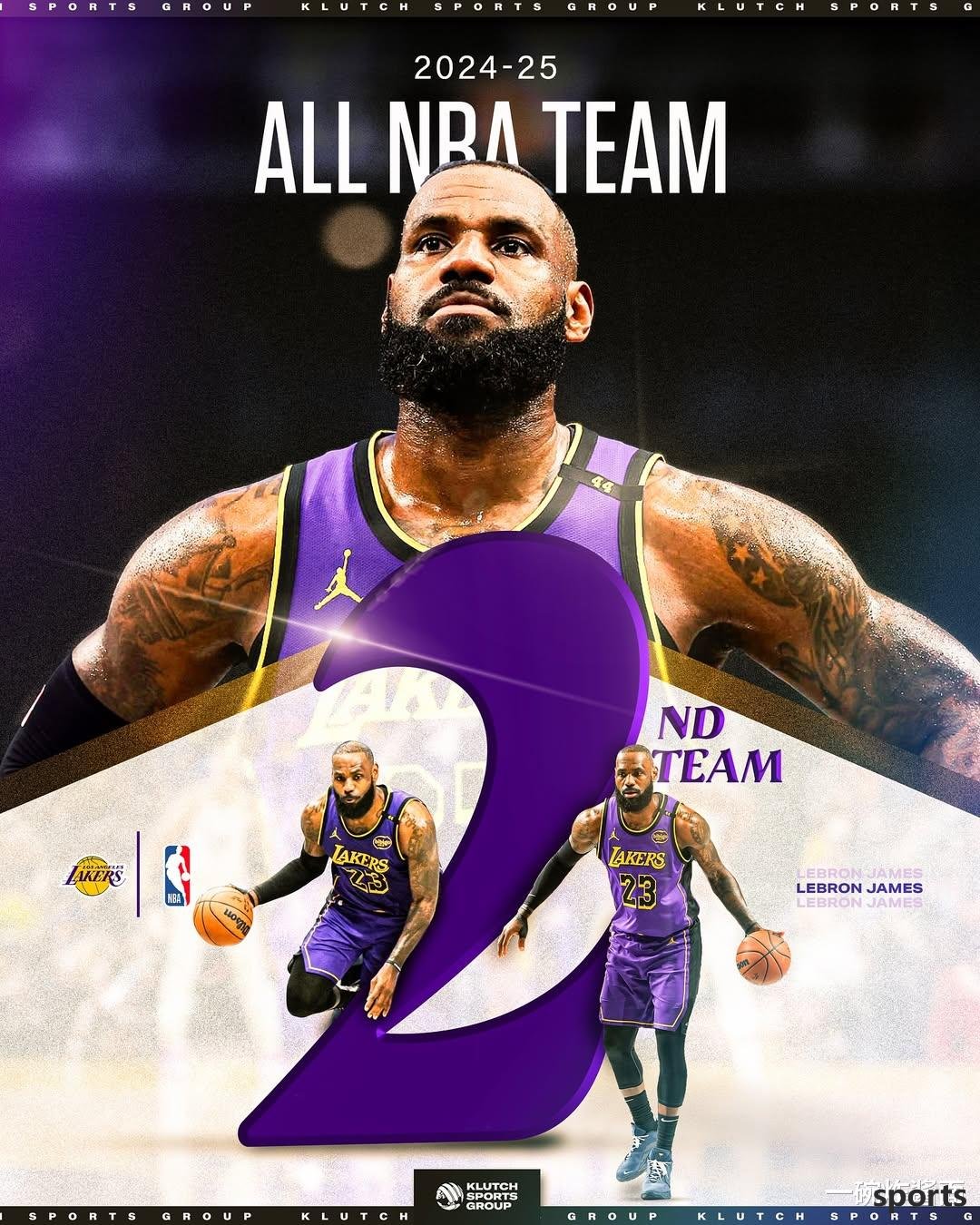
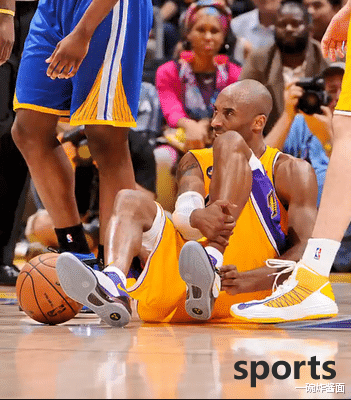
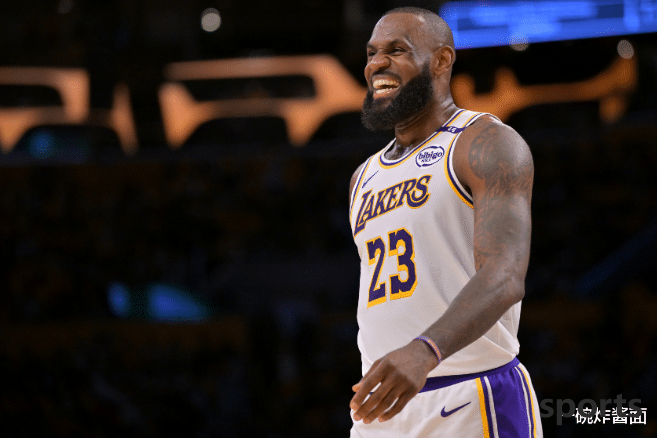
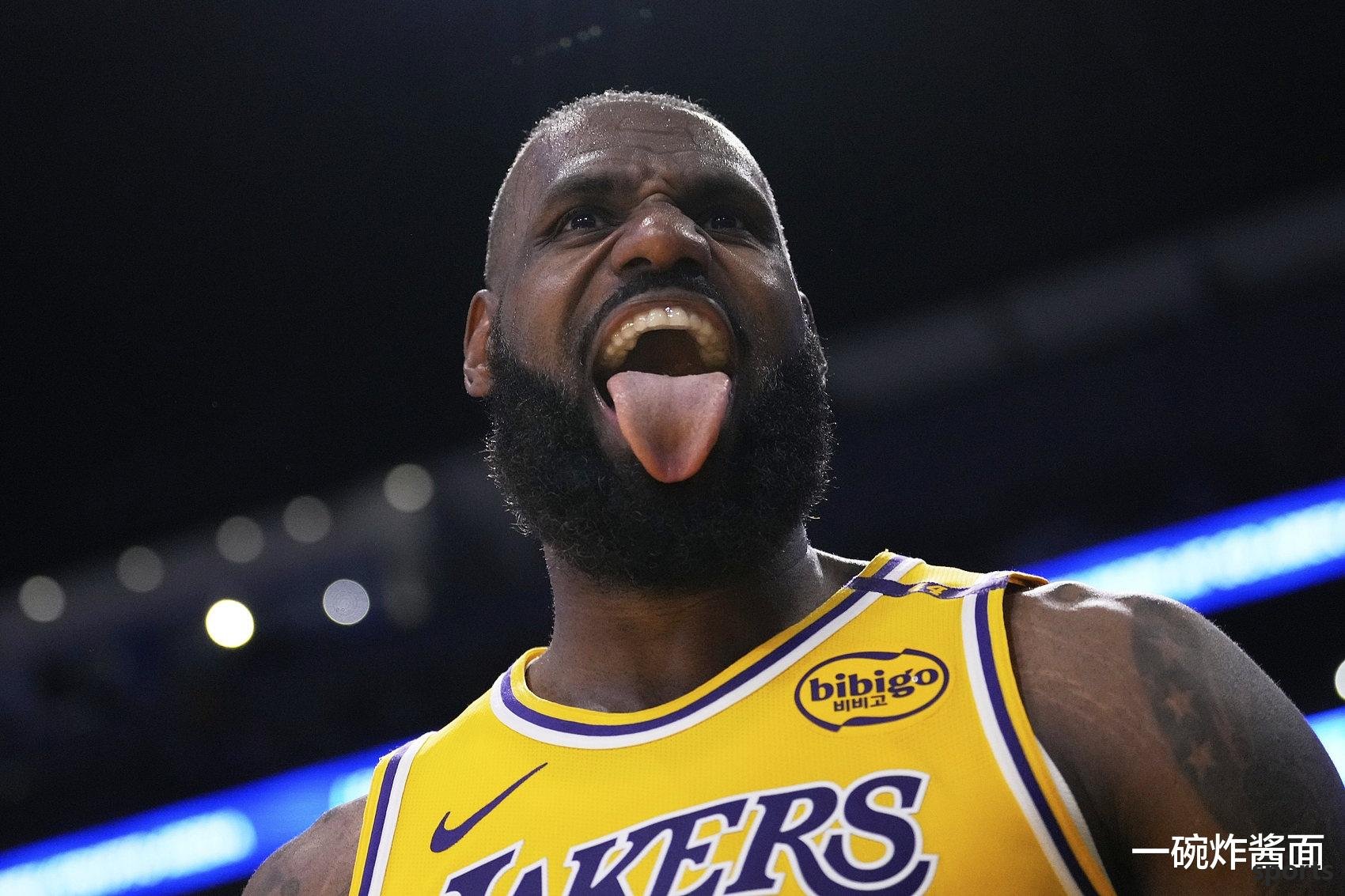
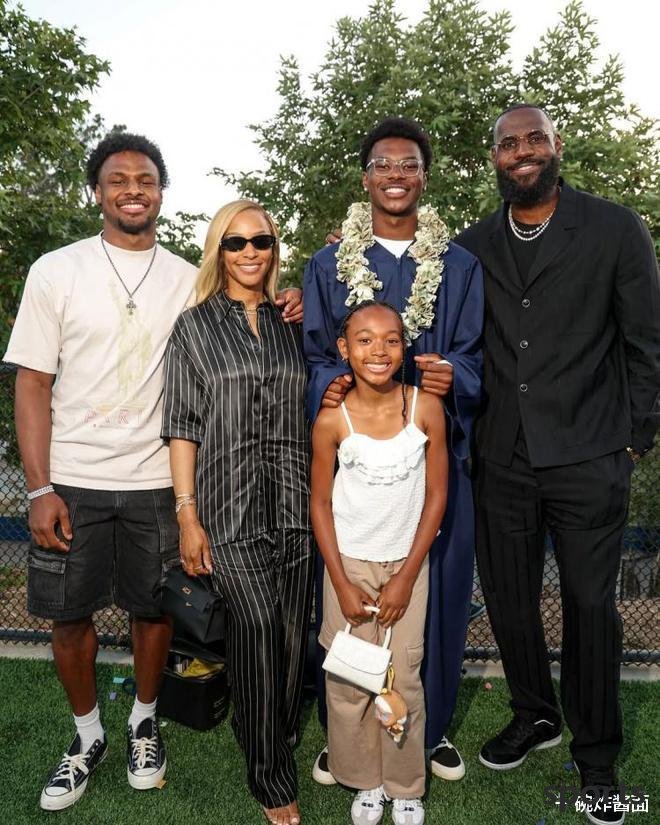
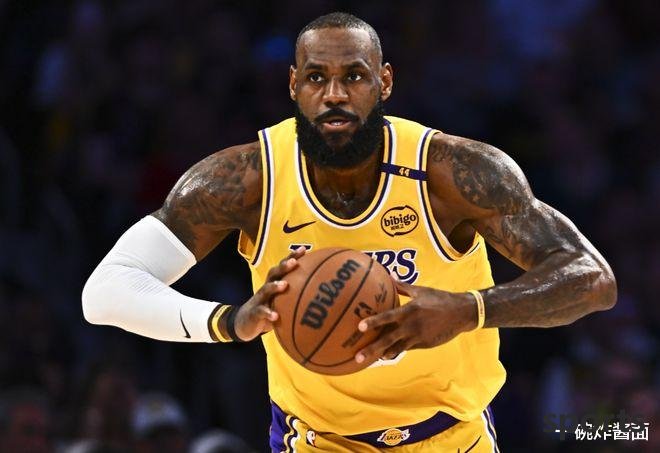
- Recent Posts
-
- Antetokounmpo s turnover! Gree
- Christian Wood is forgotten in
- The scoring ability is indeed
- The defensive ability is actua
- Practice free throws! Chinese
- Although one game is one game,
- Annual salary of 50 million yu
- Brunson: Preseason is the best
- Rockets officially announced m
- Westbrook, please believe in t
- Hot Posts
-
- Yang Hansen tried out the Warr
- How strong is the strongest hi
- Looking forward! 2025-2026 NBA
- NBA rumor: Kevin Durant believ
- Anthony is rated as the strong
- Data analysis: Pacers 2-1 Thun
- Yang Hansen s rookie contract
- Replica Legend, Thunder Alexan
- NBA Summer United: Yang Hansen
- Magic vs. Free throws: Hallibu
- Durant is destined to join the
- There are good and bad! Team m
- Which NBA team is more suitabl
- NBA character Alexander: The T
- Behind SGA’s Give Up 100 milli
- Hit 10+4+5+3! Yang Hansen made
- After Westbrook jumped out of
- The NBA playoff division final
- After Bill reached a buyout, t
- 2025 Rookie Observation (20):
- search
-
- Links
-
